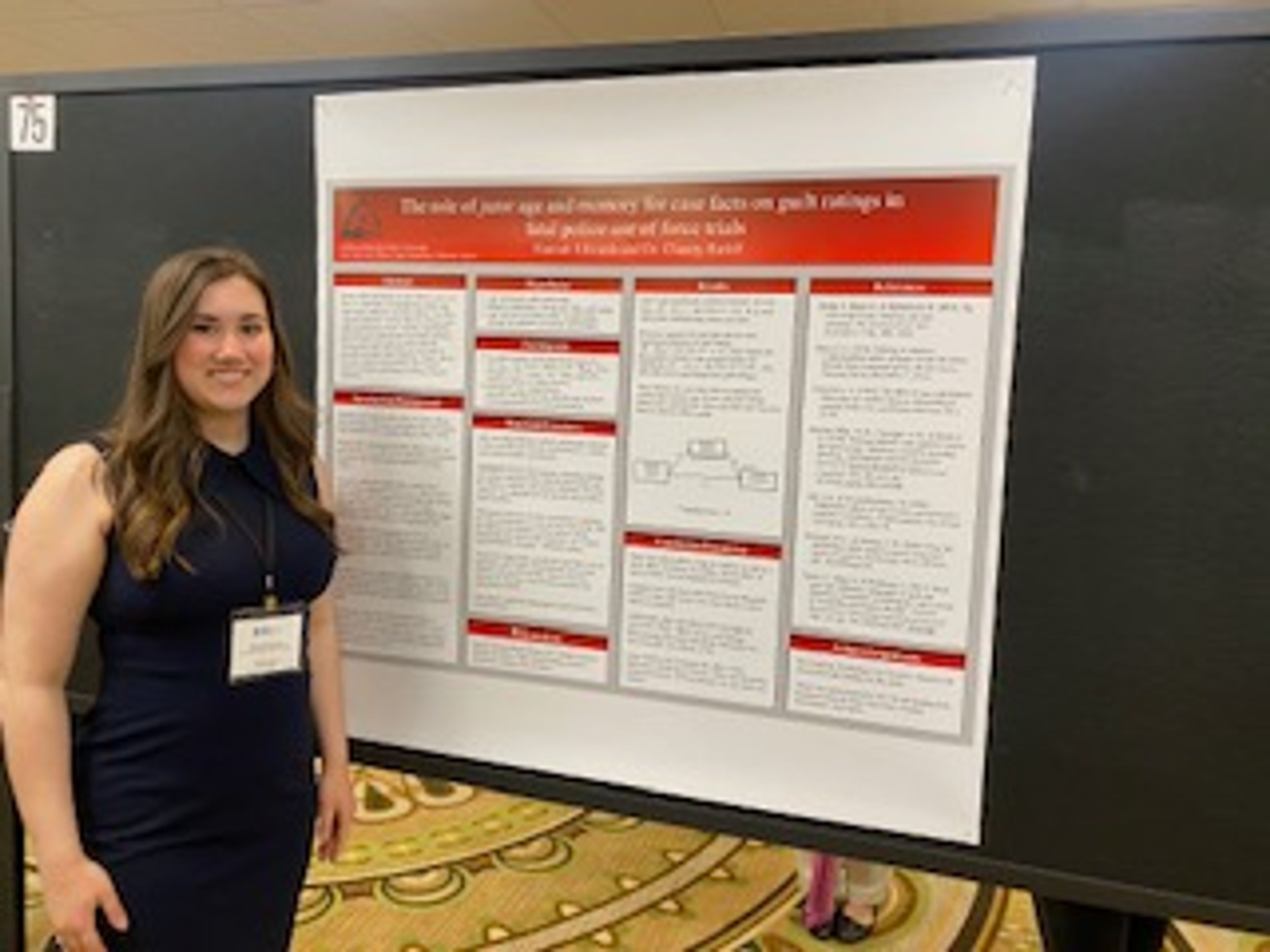Larger class sizes, new degree requirements and the increased supplemental use of technology are just some of the changes students can expect to see as a large number of courses undergo redesign in the coming semesters at Southeast Missouri State University.
Starting next semester, Southeast will implement major changes as a result of the current budget crisis, increased enrollment and Gov. Jay Nixon's mandate regarding the number of degree program graduates per year. As a result, both faculty and administration are faced with the task of developing new ways of teaching more students with fewer resources in a world where pockets are no longer as deep as they once were.
According to a letter to the campus from Southeast President Ken Dobbins, which can be found on Southeast's website, this past August a budget shortfall of $450 to $500 million due to the elimination of $700 million of federal stabilization money was projected for higher education in the state of Missouri. That translates to a 15 to 20 percent cut for Southeast, which would equate to a reduction of $6.9 to $9.2 million.However, on April 20, the Missouri Senate passed its 2012 education budget that calls for a 4.8 percent cut as opposed to the estimated 15 to 20 percent.Although the revised budget is not as drastic as last summer's projections, Southeast has begun implementing several initiatives, which have been in the works for some time now, to try to deal with the challenges posed by the shrinking budget. Starting next fall, students will start to see their effects.
According to Provost Ronald Rosati, the first change comes as a result of the new graduation quotas put in place by Gov. Nixon.
"In mid-August, the governor initiated four priorities for higher education, and one of those priorities was program review," Rosati said. "That process says any program that graduates fewer than 10 students over a three-year time period has to either be deleted or justify its existence."
The Department of Foreign Languages was directly affected by this mandate, as many of its language programs regularly graduate less than 10 students per year. This put a number of degrees, such as German and French, at risk for deletion. As a result, Department Chair Dr. Dieter Jedan said the department is implementing an overhaul of its programs that will take effect starting this fall.
There are two major changes being made to the Department of Foreign Languages. "The first major change is that we will rename ourselves the Department of Global Cultures and Languages," Jedan said. "That is the official name we will be known by beginning in the fall term."
"Number two, every new major who wants a degree in global cultures and languages will now have to take the same common core of 24 credits. Then they have to meet the requirements for their option and study abroad, either short term or long term," Jedan said.
This means students wishing to pursue foreign language degrees will now earn B.A.s in global cultures and languages with an emphasis in French, Spanish or German. Although the elimination of the old degree format caused concern when it was first announced, Jedan said the changes came at an opportune time and the major became stronger as a result.
A second initiative put in place to help offset budget issues calls for new student-to- teacher ratios in the classroom.
Currently, Southeast boasts a student-to-teacher ratio of 21:1. Rosati said the new goal is to raise those numbers to an average class size of 26:1 by the year 2014.
The new increase in class size may not appear drastic, but a number of faculty members have raised concerns that larger classes may negatively impact student learning. This is especially true in regards to foreign language courses where one-on-one conversation is essential to the comprehension of course material. Other concerns have been raised as to how the new ratios will affect accredited programs that specifically require small class sizes.
Rosati said accredited classes shouldn't be affected by this change because the new 26:1 ratio will be averaged out among classes. This means that courses such as UI100, which will be increased from 30 students to 120 students, should help offset the impact of smaller classes on the new class-size averages.
As for foreign language courses, Jedan said his department has already started experimenting with larger class sizes, but it is unclear yet how effective the larger classes will be.
"I think the jury is out and that's why we are doing it. I ran a big class last semester of 45 students in a class. I did find out that the physical classroom is important. The one I had was the wrong choice, but that was the only big classroom we had. The walls were carpeted and they ate up my voice, so we have to look at the physical facilities and the technology that we have," Jedan said.
One professor who will be directly affected by the increase in class size voiced her concerns about the possible negative impacts larger classes might have on student learning outcomes.
"We've had large classrooms come through our department in the spring and we will have another large class in the fall. I'm kind of frightened by the one in the fall because it's an EN100 class, which is a composition class, and there will be over 100 students. Research has indicated that we need smaller classrooms when we are teaching students how to write, and I personally believe the outcomes are going to be devastating," said a professor who asked not to be named.
In order to accommodate larger classes, another initiative, course redesign, is being utilized to help stretch resources and improve student learning through the use of technology.
Dr. David Starrett, dean of University Studies and Academic Information Services, said a campus committee met last summer to look at course redesign as an option to increase student learning and help offset campus and state budget issues. As a result, 18 courses will be redesigned. The first of them, UI100, EN100, MA101/102, PS103 and US107, will be piloted during the coming fall semester.




